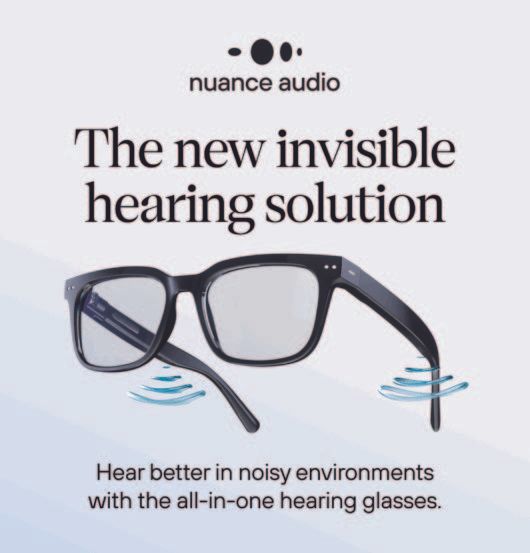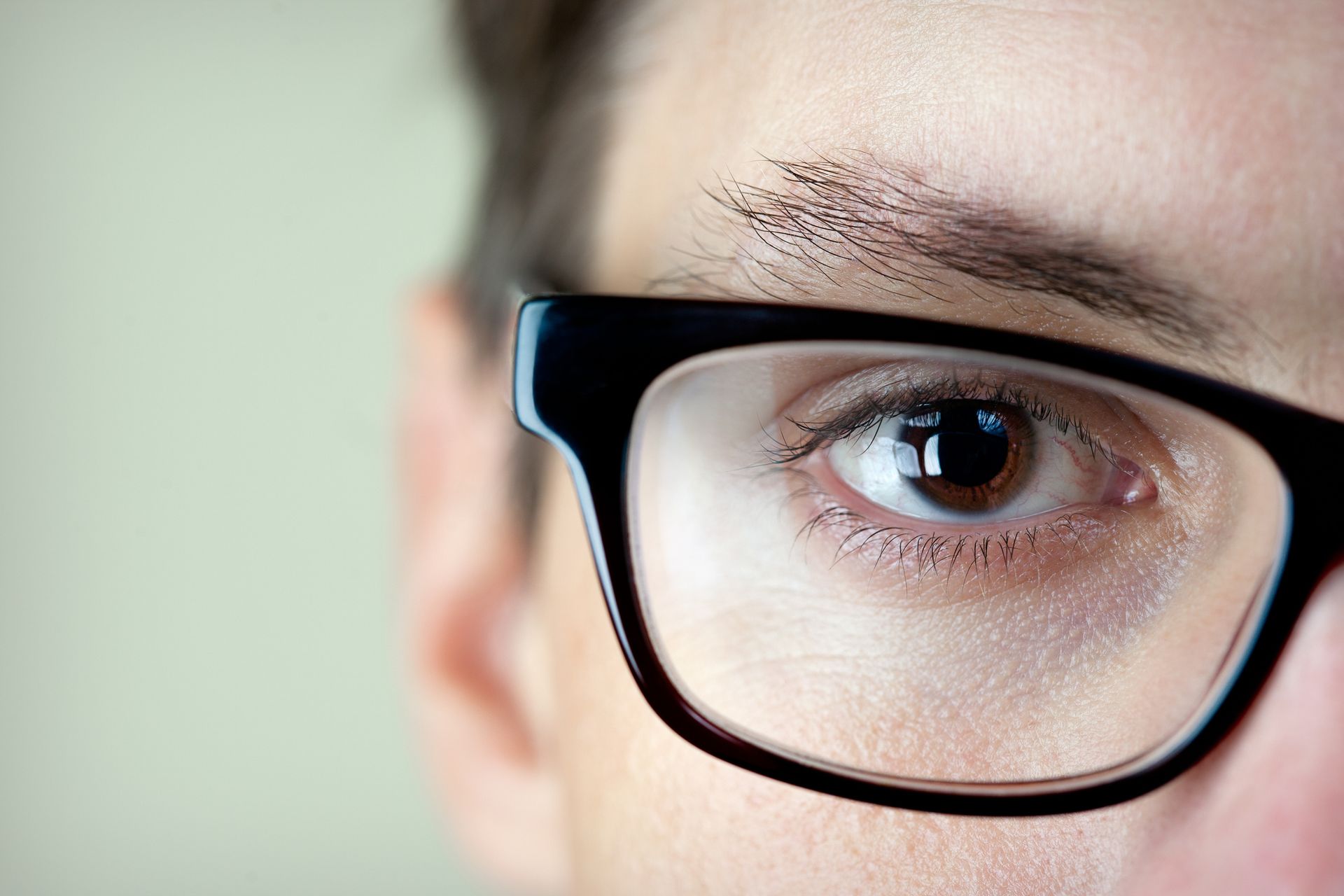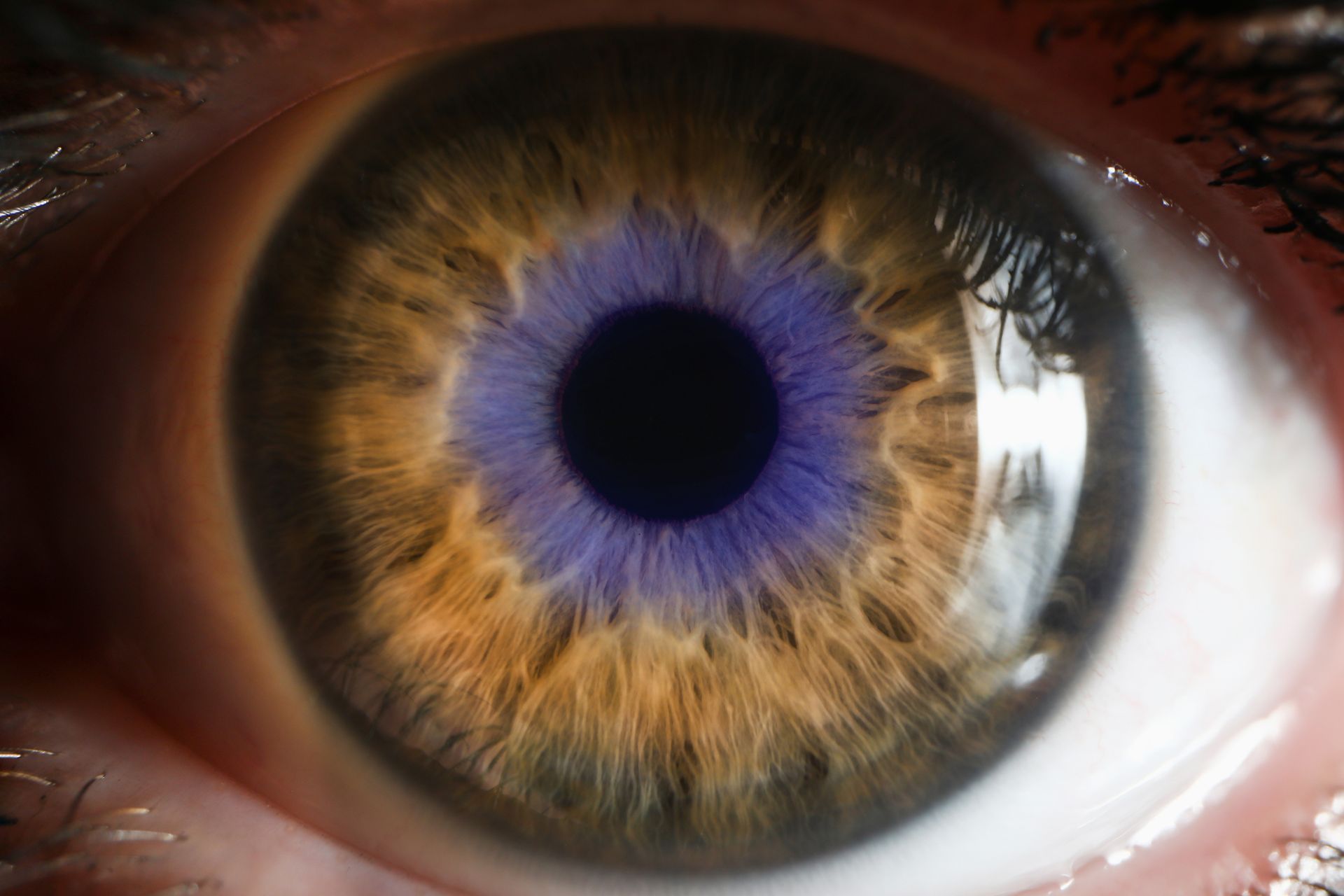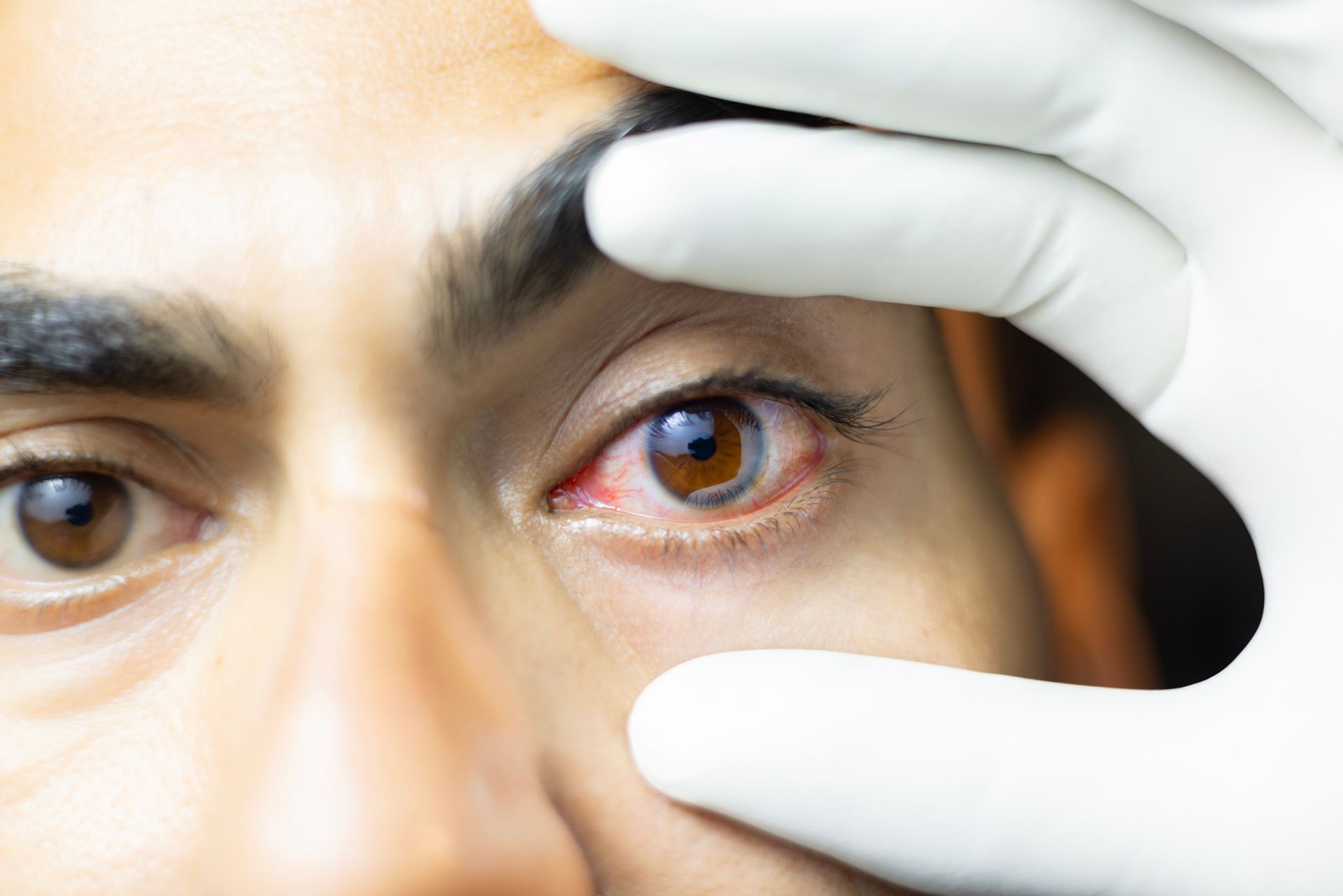Presbyopia: Why Is It Getting Harder to Read Small Print?

Struggling to read your phone, menus, or medicine labels? You’re not alone. This gradual change in near vision is a normal part of ageing, and it’s called presbyopia.
What Causes Presbyopia?
As we get older, typically starting in our 40s, the lens inside the eye becomes less flexible. This makes it harder to focus on things up close. It’s not a disease, just a natural part of ageing, annoying though it may be!
Common Signs:
- Holding things further away to read them
- Eye strain or headaches with near tasks
- Blurry near vision, especially in low light
What Are the Solutions?
Presbyopia is easy to manage. Depending on your needs and lifestyle, options include:
- Reading glasses. Simple and effective for near tasks
- Multifocal glasses. Great if you also need distance correction
- Contact lenses. Multifocal or monovision options are available
- Smart glasses. Some offer automatic focus adjustment
At VISION Michael Hare Optometrists, we’ll help guide you to the best solution for your eyes and daily routine.
Related Articles:
→ Glasses for Everyday: Why Simpler Can Be Better
→ Smart Glasses: What Can They Do?
→ Contact Lenses: What Are My Options?
References:
- Glasser A, Campbell MCW. Presbyopia and the optical changes in the human crystalline lens with age. Vision Research, 1998.
- Ostrin LA, Glasser A. Accommodation measurements in a pre-presbyopic and presbyopic population. Journal of Cataract & Refractive Surgery, 2004.
- Sheppard AL, Davies LN. Clinical evaluation of the KAMRA corneal inlay.
Clinical and Experimental Optometry, 2017.

The New Invisible Hearing Solution: Nuance Audio - now available at Vision Michael Hare Optometrists










